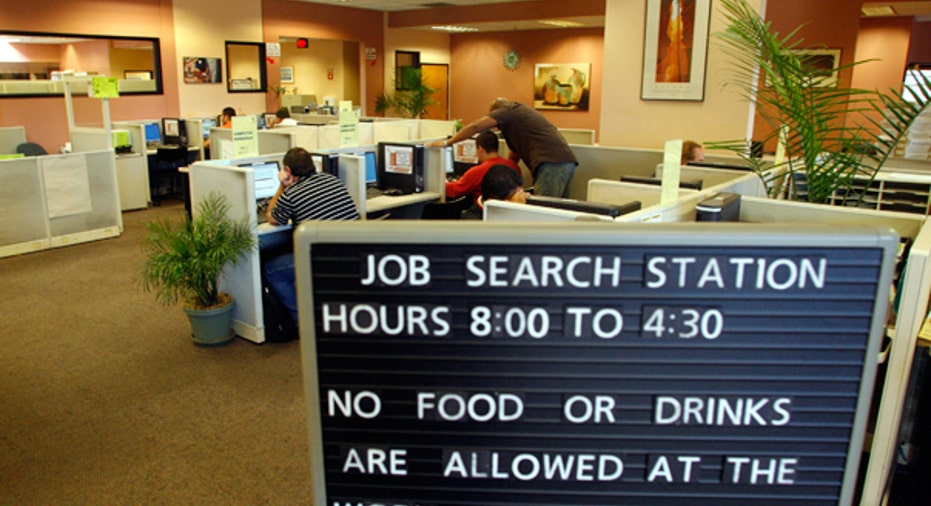Private Sector Adds Fewer Jobs Than Expected in April

U.S. companies hired a far fewer than expected 119,000 people in April, the smallest gain in seven months and adding to concerns that the economy has lost some of its momentum.
The ADP National Employment Report released on Wednesday fell below economists' expectations for a gain of 177,000 jobs, while March's figure was also revised lower. April's figure was the smallest gain since September of last year.
The report by ADP, a payrolls processor, is published two days before the government's broader and much watched monthly jobs report.
"This is an upsetting report," said David Carter, chief investment officer at Lenox Advisors in New York.
"The strength of the U.S. economic rebound is clearly still uncertain. Hopefully we don't get a third consecutive summer of weaker growth."
The lackluster report drove Wall Street lower as investors also took in data that showed euro zone factories fell further into decline in April.
Meanwhile, the rate of deterioration in factory activity in China slowed, suggesting the pace of the slowdown in the world's second-largest economy stabilized.
U.S. stocks were down about 0.7 percent in early morning trading, while Treasuries prices rose and the euro fell against the dollar.
Separate data on Wednesday showed new orders for factory goods suffered their biggest decline in three years in March as demand for transportation equipment and a range of other goods dried up.
The Commerce Department said orders for manufactured goods dropped 1.5 percent after a revised 1.1 percent rise in February.
Recent data, including softer labor market figures, have generated concerns that the U.S. economy may have lost some strength as the second quarter got under way. Those worries had been partly offset by data on Tuesday that showed a better-than-expected pick up in the manufacturing sector last month.
The U.S. economy grew at a 2.2 percent rate in the first quarter, easing from the 3 percent pace logged in the final months of 2011.
Joel Prakken at Macroeconomic Advisers LLC, which jointly develops the employment report with ADP, said the unusually warm winter months were partly to blame for the weakness in the ADP report as employers had moved their hiring up to earlier in the year.
The evidence suggests private sector employment was boosted by as much as 70,000 in the winter months, Prakken said.
"It does play into this notion that the numbers over the winter ... probably weren't quite as strong as the reports indicated, and this number today probably is not as soft as it appears on the surface," Prakken said on a conference call with journalists.
The manufacturing sector shed 5,000 jobs, the first loss since September of last year, the report showed. That was in contrast to more cheery data on Tuesday that showed a gauge of employment in the sector rose to its highest level since last June.
Friday's nonfarm payrolls report is expected to show hiring rebounded last month with 170,000 new jobs, an improvement from a meager 120,000 in March. Private payrolls are seen rising by 175,000.
Jonathan Basile, director of economics at Credit Suisse, said Wednesday's release did not change his forecast for a gain of 150,000 in Friday's jobs data, noting ADP had a mixed record as an indicator of the payrolls numbers.
"For what it's worth, the first print of ADP ... has had some big misses in recent months in either direction compared to the first print of private payrolls. For instance, ADP overshot by 88,000 in March, undershot by 87,000 in January and overshot by 113,000 in December," Basile said in a note.
Boris Schlossberg, director of FX research at broker firm GFT, said he was watching more closely for the employment reading in the U.S. Institute for Supply Management's survey of the services sector, due out on Thursday, which he said was a better forecaster for the payrolls report.
On the housing front, other data released on Wednesday showed applications for U.S. home mortgage purchases rose for a second week in a row, though demand for refinancing slipped as interest rates edged up.



















